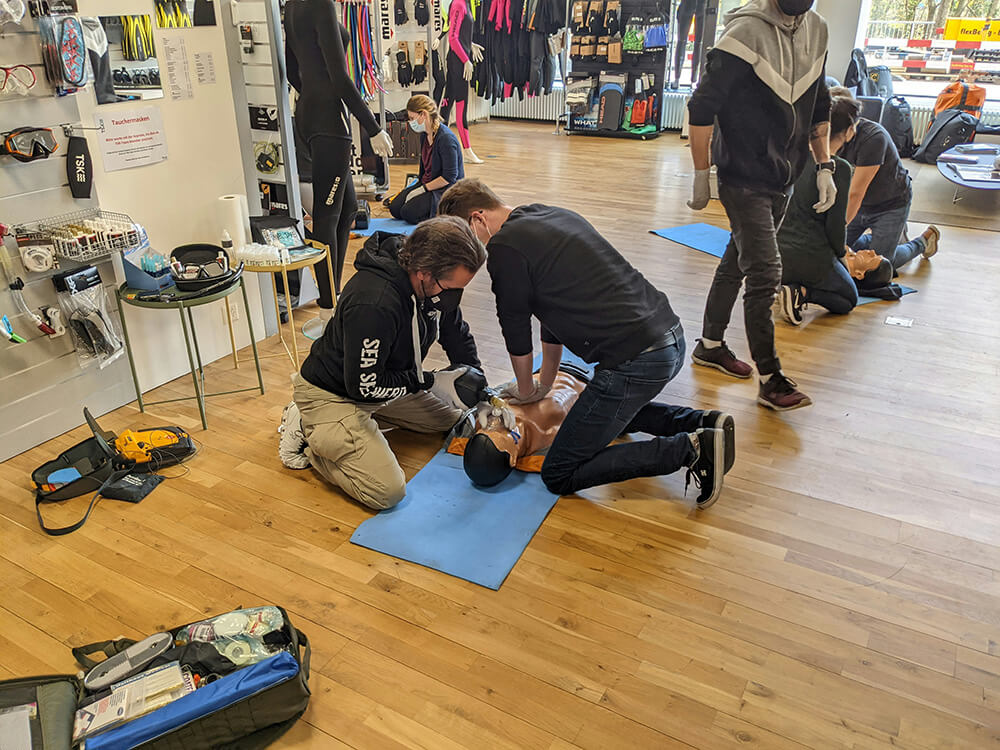Background: There are more than 30,000 out-of-hospital cardiac arrests (OHCAs) in the UK each year and the overall survival rate in the UK is just 1 in 10. Every minute without cardiopulmonary resuscitation (CPR) and defibrillation reduces the chance of survival by up to 10%, while performing CPR can more than double the chances of survival in some cases (ventricular fibrillation). The Resuscitation Council made a number of changes to the guidance during the COVID-19 pandemic in order to help protect healthcare workers in hospital settings. The principle of “shock first” was introduced in an attempt to restore circulation as early as possible. The guidance recommended the wearing of Level 2 Personal Protective Equipment (surgical mask, gloves, apron, and eye protection) when a defibrillator is available and defibrillate shockable rhythms rapidly prior to starting chest compressions. Early restoration of circulation may prevent the need for further resuscitation measures.
The change in the resuscitation guidance resulted in the clinical engineering team having to reconfigure over 269 defibrillators (a mix of manual and automated external defibrillators, AED’s) across four acute hospitals and a number of community settings. This prompted us to consider alternative strategies to reconfigure devices in future through a cloud-based system.
Outcomes: All defibrillators reside within the acute and community hospitals, but update to the Cloud and Health Board Code STAT server on a daily basis. Automated device self-tests are undertaken at 3am every day and the results are uploaded to the cloud. Notifications are forwarded to the Clinical Engineering departments should any errors appear to allow immediate corrective actions to be undertaken. We now have the availability to:
- wirelessly transmit device and patient data to a central location.
- examine an easy-to-read dashboard that delivers information in a timely manner
- measure compression ratio
- measure compression rate
- measure compression depth
- end-Tidal Carbon Dioxide EtCO2 trend data
- interrogate chronological cardiac event logging
- remotely configure changes through Wi-Fi that supports UK Resuscitation Council guideline changes
- provide feedback to clinical teams.
Learning points:
The guidelines call for compression fractions above 80% with compressions at 100-120/min. Hywel Dda University Health Board can now measure how we compare in terms of compression, ventilation rates and compression fraction to see our performance compared to Resuscitation Council standards across the UK. We can gather quantitative data from each event to show hands-on clinical teams how they performed and to show clinical leadership teams how the whole system is performing.
Our Clinical Engineers are now performing modifications and changes to the cloud-based system in order to improve functionality and availability of data. We will use the data gathered from the new cloud-based system to develop strategies that allow our clinical teams to streamline protocols and treatments, to help further improve practice in line with the Resuscitation Council guidelines.


